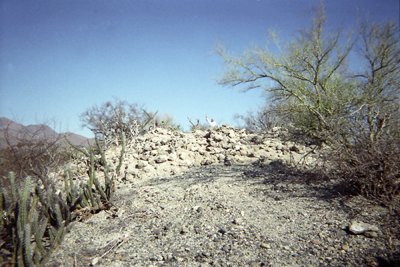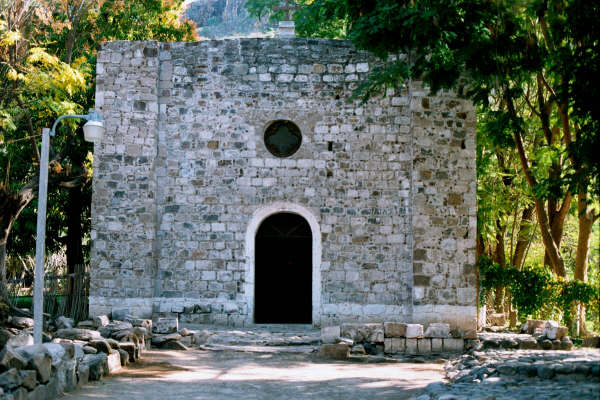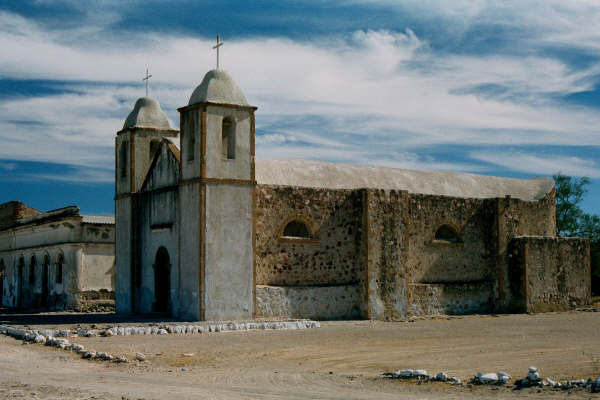Well, at this point, I have to bow to David's expertise in this area!
I spent hours conducting internet searches about the Baja missions and, after receiving some input from David, found out just how incomplete that search was!
[Quite frustrating] And I hope he bothers to go to Wikipedia and edit the material they have there on those missions.
My thanks for his input on Leatherjacket Soldier and promise to get back to him soon with the revised mss.












